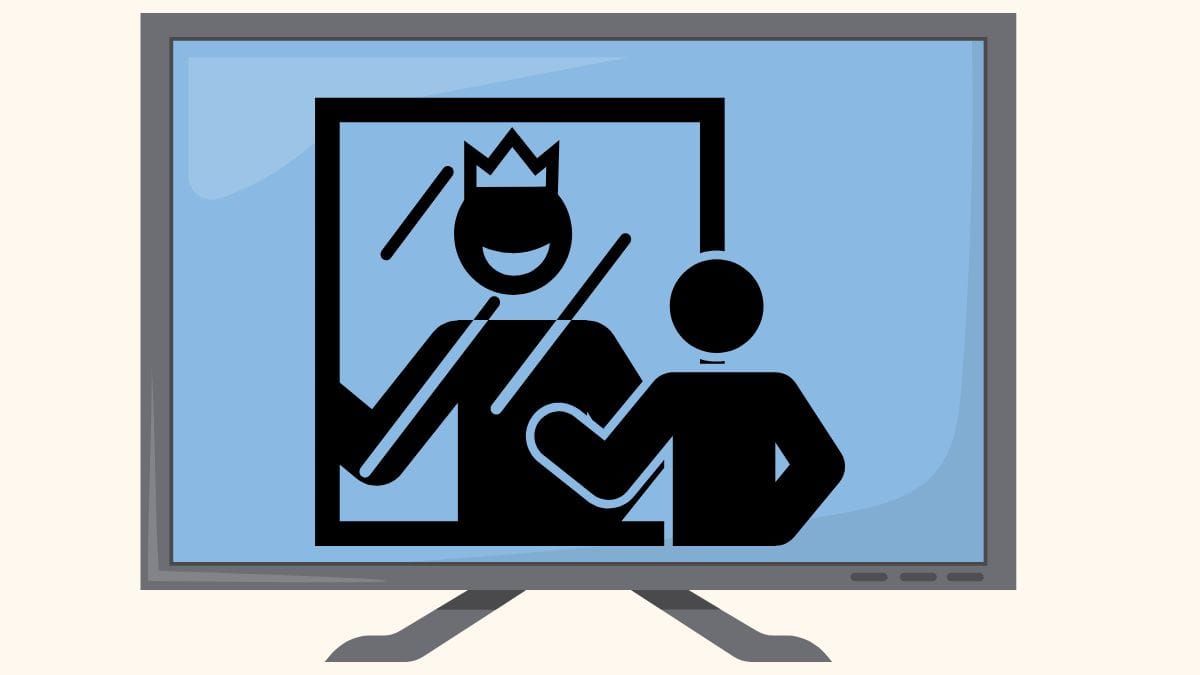MX8 Labs Study Finds Big Difference Among Relevant, Personalized and Intrusive Ads
Among those who said targeted ads were invasive, 57% said they felt less positive about those brands

Every marketer is looking for data to ensure their ad campaign will be effective and generate a strong return on investment.
The trick is looking at the right data. Everyone wants to be relevant to customers they think they should be targeting and personalization seems like the way to supercharge a relationship. But marketers who cross over into being intrusive can pay a big price.
A new study from research firm MX8 Labs looks at how consumers feel about targeting. Entitled Getting Personal: What Consumers Really Think About Ad Relevance and Targeting,” it offers marketers insights into what it calls the "delicate balance between helpful targeting and perceived invasiveness.”
To begin with, a lot of consumers surprisingly told MX8 they see ads that are relevant, with 44% saying the find ads moderately useful, 24% call ads very relevant with just 25% saying they’re not very relevant.
I don’t know what millennials are watching but 41% of them say they see ads that are very relevant. On the other end of the spectrum are boomers like me, with 47% of that crotchety group saying ads are not very relevant.
The survey also found that 74% of consumers said seeing relevant ads was important to them.
Taking targeting a bit further, technology is making it easier for marketers to personalize ads. The good news for those marketers is that 50% of consumers prefer their ads personalized, with 35% of millennials saying that’s how they strongly prefer their ads.
But when asked if being targeted by ads was invasive, only 48% said it wasn't And among those who said targeted ads were invasive, 57% said they felt less positive about those brands. Millennials again were an outlier with 70% of those who think targeted ads are invasive saying it makes them feel less positive about the brand.
In the study 18% of the consumers said the were often influenced by advertising, while 46% said they were sometimes influenced, 27% said they were rarely influenced and 8% claimed to never be influenced.
“Advertising works, but timing and relevance matter more than frequency,” the report said. “Nearly half of consumers fall into the ‘sometimes influenced’ category, suggesting that contextual relevance and message resonance are critical factors in driving actions.”
The report concluded that marketers that can strike a balance between personalization and privacy will win both attention and loyalty from consumers.
The takeaways were that given the differences in attitude between millennials and boomers found in the research, that generational targeting matters. Personalization is often welcomed by consumers, but invasiveness can hurt brands.
# # #
Creative supply-side ad platform TripleLift said it is offering pause ads programmatically in content from more publishers.
Those additional publishers include Xumo and Plex. They join a list that already included DirecTV.
“As CTV matures, creative is becoming the next major frontier,” said Rob Deichert, chief operating officer at TripleLift. “Advertisers don’t just want reach. They want relevance, performance, and creative formats that respect the viewer experience. With our Pause Ads expansion and growing publisher footprint, TripleLift is delivering on all three. We’re making it easier than ever for brands to turn moments of attention into moments of action.”
# # #
Media distribution companies that offer live sports got a boost in October, according to new data from Nielsen.
The Walt Disney Co.’s share of TV usage grew by 0.7 points to 11.4%, with total viewing up 7% month over month. Disney’s ESPN and ABC networks each saw a 9% increase in viewing while Disney’s streaming platform rose 7%.
Also seeing gains in October due to sports were Fox and Paramount, which hopped over Netflix into 4th and 5th place, respectively, leaving Netflix 6th.
YouTube retained the biggest share of TV usage at 12.9%, while, with the holidays approaching Hallmark was the biggest gainer.
Hallmark’s watch time jumped 11% in October from September and it jumped to 12th place on Nielsen’s distributor rankings from 13th.


